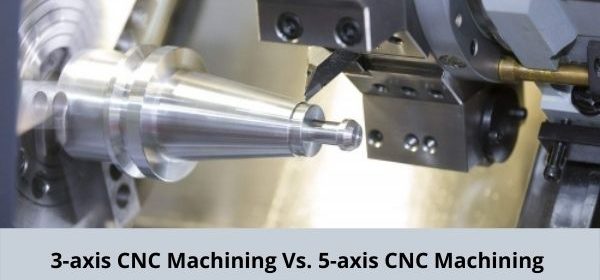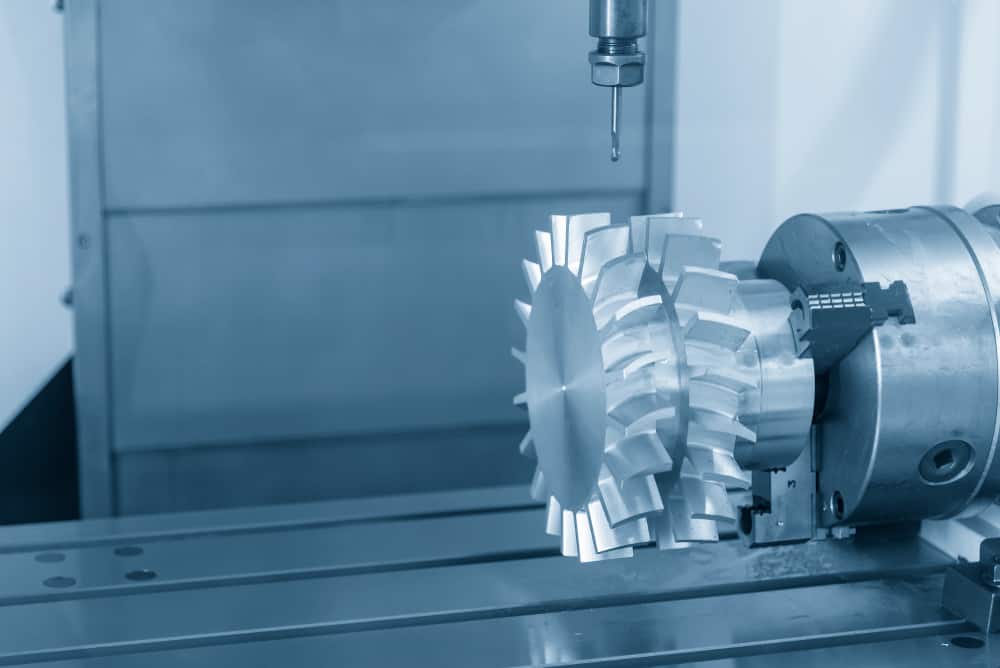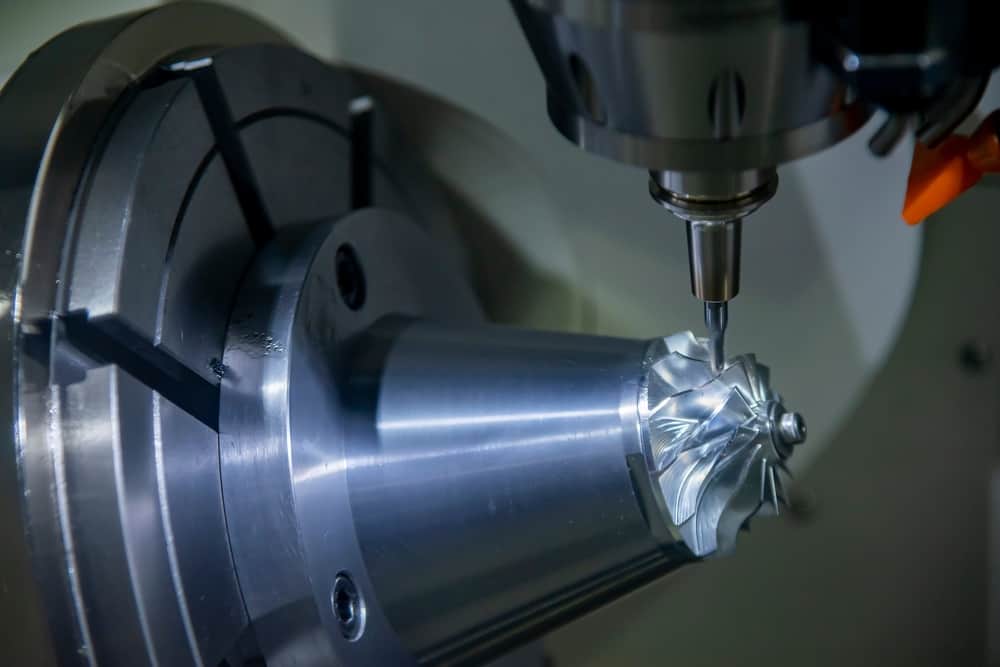How 3-axis CNC Machining Differs from 5-axis CNC Machining

Computer numerical control (CNC) machining is employed to create repeatable and high quality intricate parts across industries. The technology has been around since the late 1950s and has improved over the time. Because of the limitations with traditional CNC machining methods, many companies started looking into alternatives. In response, manufacturers began creating and using multi axis machines. Multi axis machining is an advanced form of CNC machining, which uses more than one axis to create a part. The machining allows manufacturers to produce complex parts with intricate shapes that would be impossible with traditional machining processes. It also allows them to produce parts at a much faster rate, whilst allowing for better control of the material being worked on. It is more precise than traditional CNC machines, and can work with a variety of different materials to create high quality products.
Different types of multi-axis CNC machining are used depending on the type of material and the shape of the final product. The most common amongst them are 3-axis machining, and 5-axis machining. This post offers you an insight on 3-axis machining vs. 5-axis machining.
Get to know About 3-Axis Machining and 5-Axis Machining
While both 3-axis and 5-axis computer numerical control machining can be used to make high precision parts, they are quite different from each other. Here are some of the differences between the two.
3-Axis Machining:

The 3-axis machining is a process in which three axis of the machine are used to control the movement of the cutting tool or in other words it uses three coordinated motions to make parts. 3-Axis machining is a technology that has paved the way for more efficient and accurate machining of complex shapes with increased speed, and cost efficiency. A few advantages of the machining are:
- This method of machining allows for producing better precision, and near net shape products.
- It adds extra degrees of freedom to the conventional machining processes thereby enabling a wider possible range of shapes and surfaces that can be machined.
- Rapid prototyping is one of the most popular applications for 3-axis CNC machining, and is a field where 5-axis machining isn’t used.
- 3-axis CNC machining is a more traditional method of machining. The spindle is mounted on a rotating platform which is capable of pivoting in the x, y and z axis.
5-Axis CNC Machining:

The 5-Axis CNC machining is the latest technology in the field of today’s precision manufacturing in which all five axes of motion are controllable. This allows for the creation of parts that cannot be created by conventional machining processes, such as drilling holes in different directions or milling deep pockets with minimal support material. 5 Axis machining aims at producing components with high precision, surface finish and accurate dimensions. It is a technology used in the manufacture of complex components, which require multiple steps to complete a part.
- 5-axis machining allows for a part to be rotated around 5 different axes (like rotate around X, Y, Z, anti-clock wise and clockwise), whereas 3-axis machining only allows for rotation around a single axis (X, Y or Z).
- The 5-axis machining is a very fast and efficient way of producing parts from any material in one setup consuming less time. This is because the machine is not changed from one setting to another during the process.
- The part is complete when it comes out of the machine, and thus no reworking or other secondary processes are needed.
- 5-axis machining involves more moving parts, and so is generally more expensive to purchase and maintain than 3-axis machining. However, this extra complexity translates into more potential for flexibility so that you can make stronger parts with minimal effort.
- 5-axis CNC machining, on the other hand, takes into account the rotations around the 5th axis. This allows for increased control over parts being machined. It can also be used to produce 3D objects more easily than with 3-axis CNC machining.
Overall, multi-axis machining has been a boon for several industries, especially aerospace, defense and manufacturing. It allows them to create complex parts that would otherwise be impossible to produce. They are faster, more precise and adaptable than ever before and have brought a lot of benefits to several industries. It is believed that both 3-axis machining vs. 5-axis machining will redefine the way products are manufactured in the near future. However, getting the service from leading and experienced manufactures like Brogan & Patrick is also crucial, otherwise, results would be not as precise as you expected.
